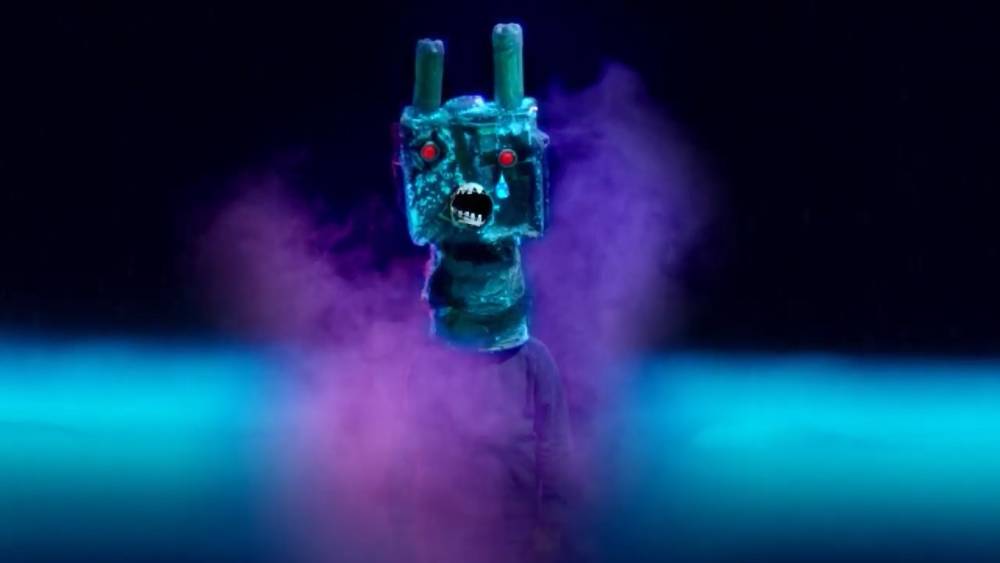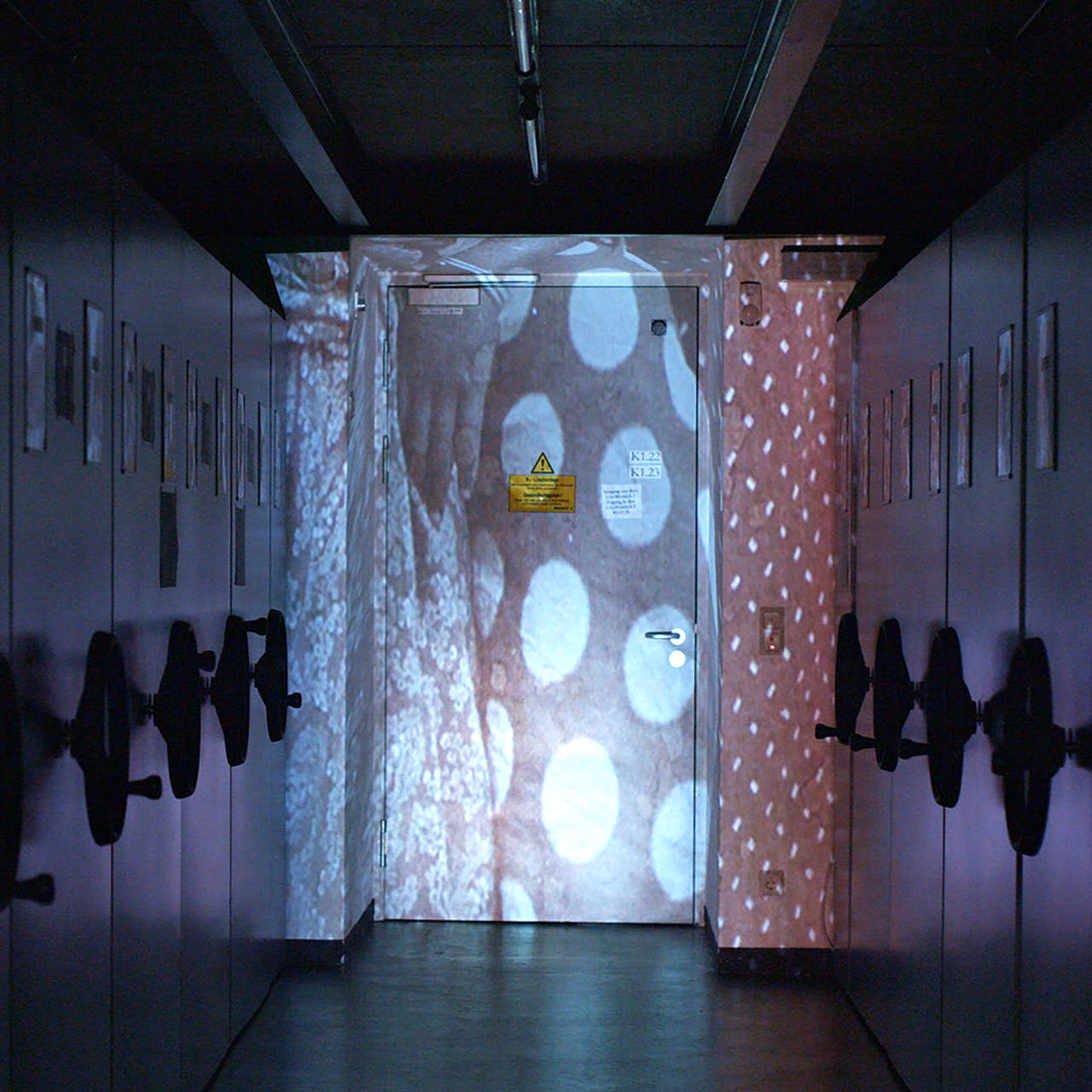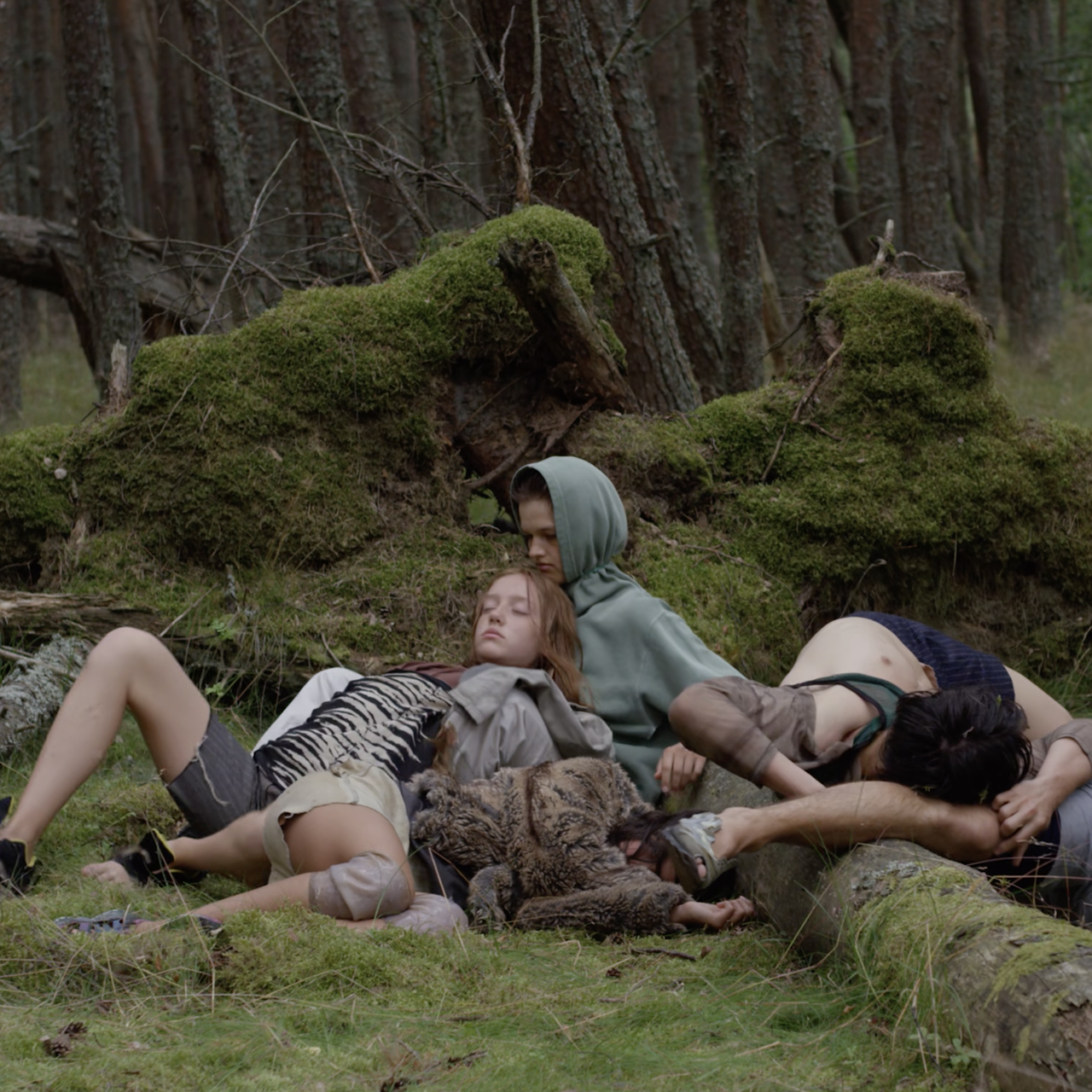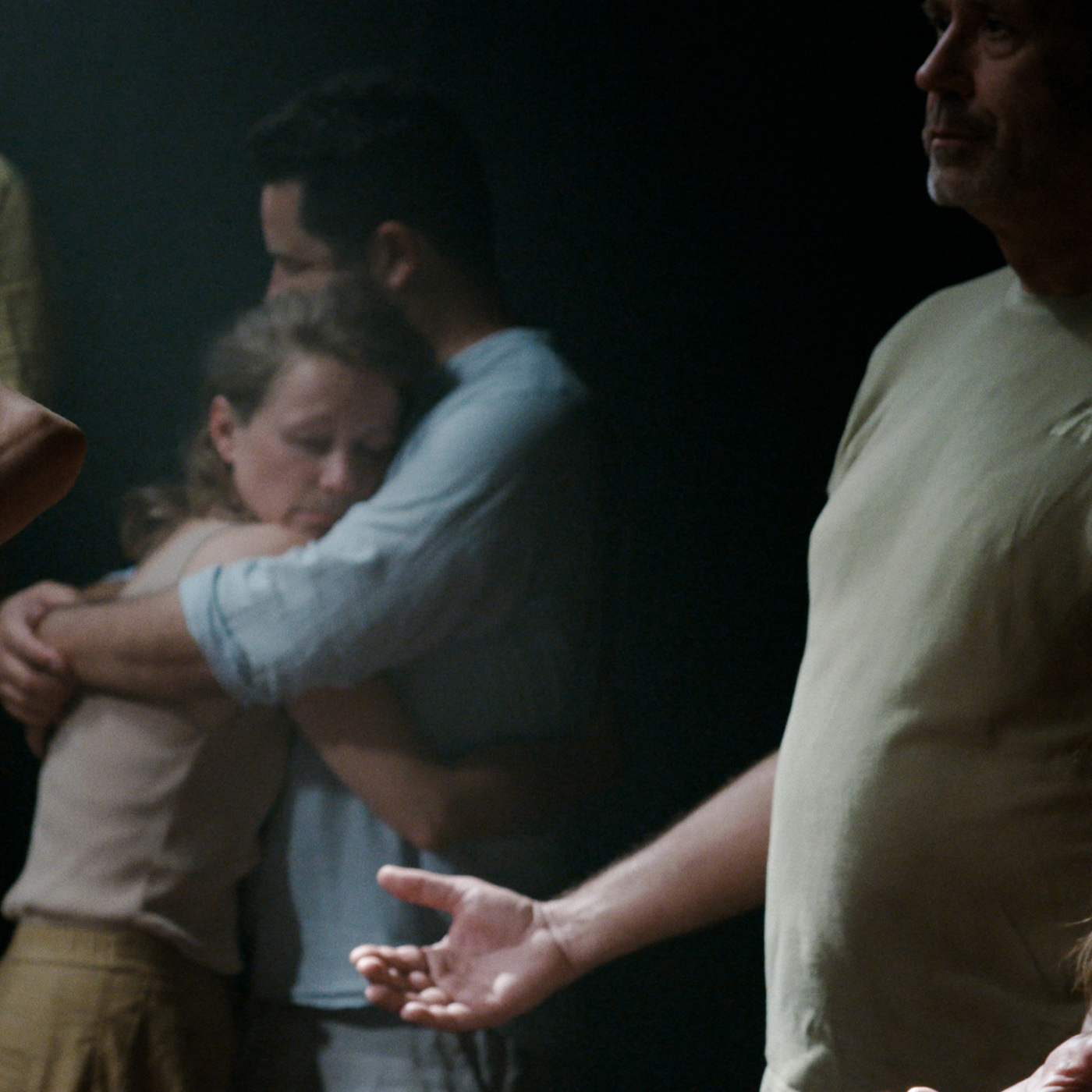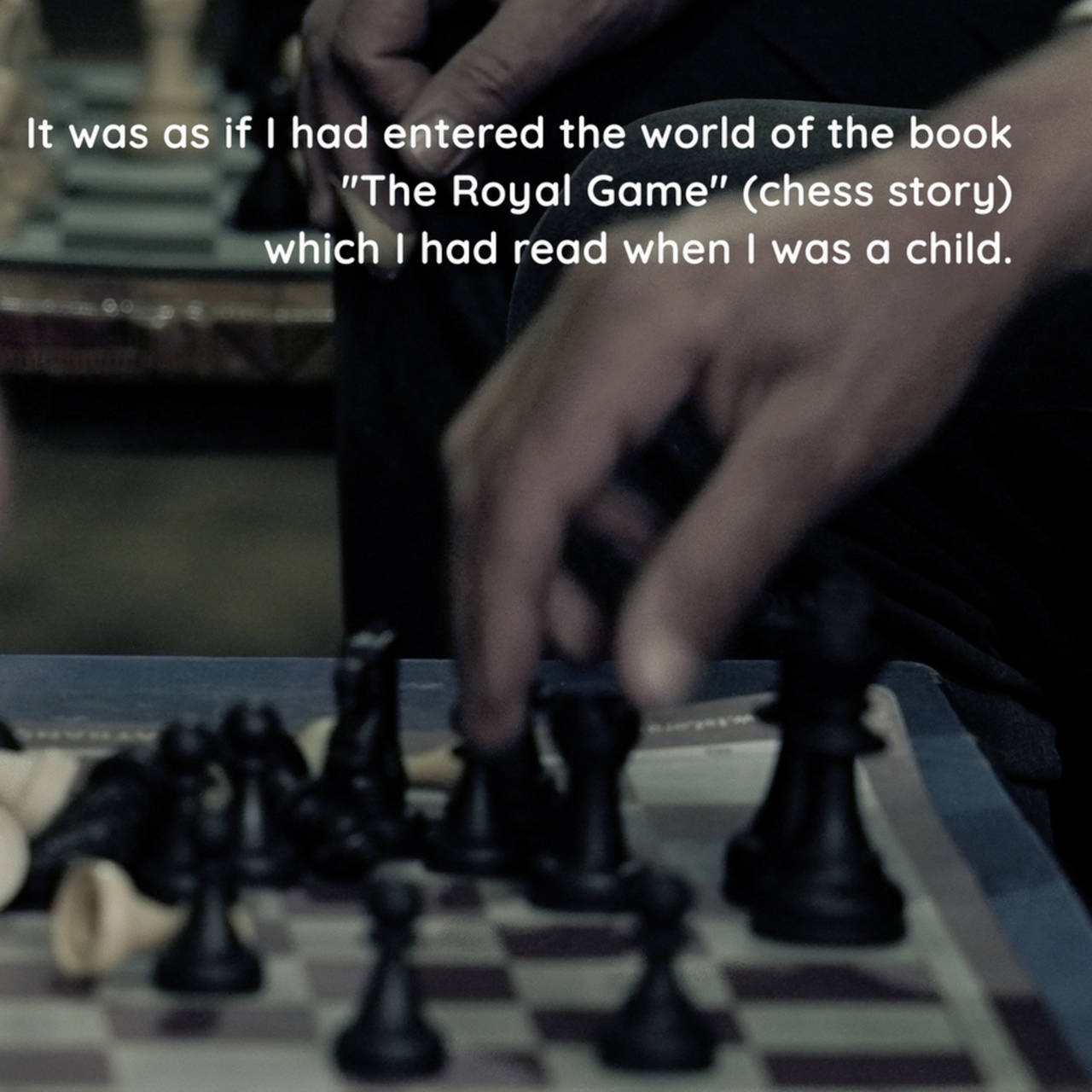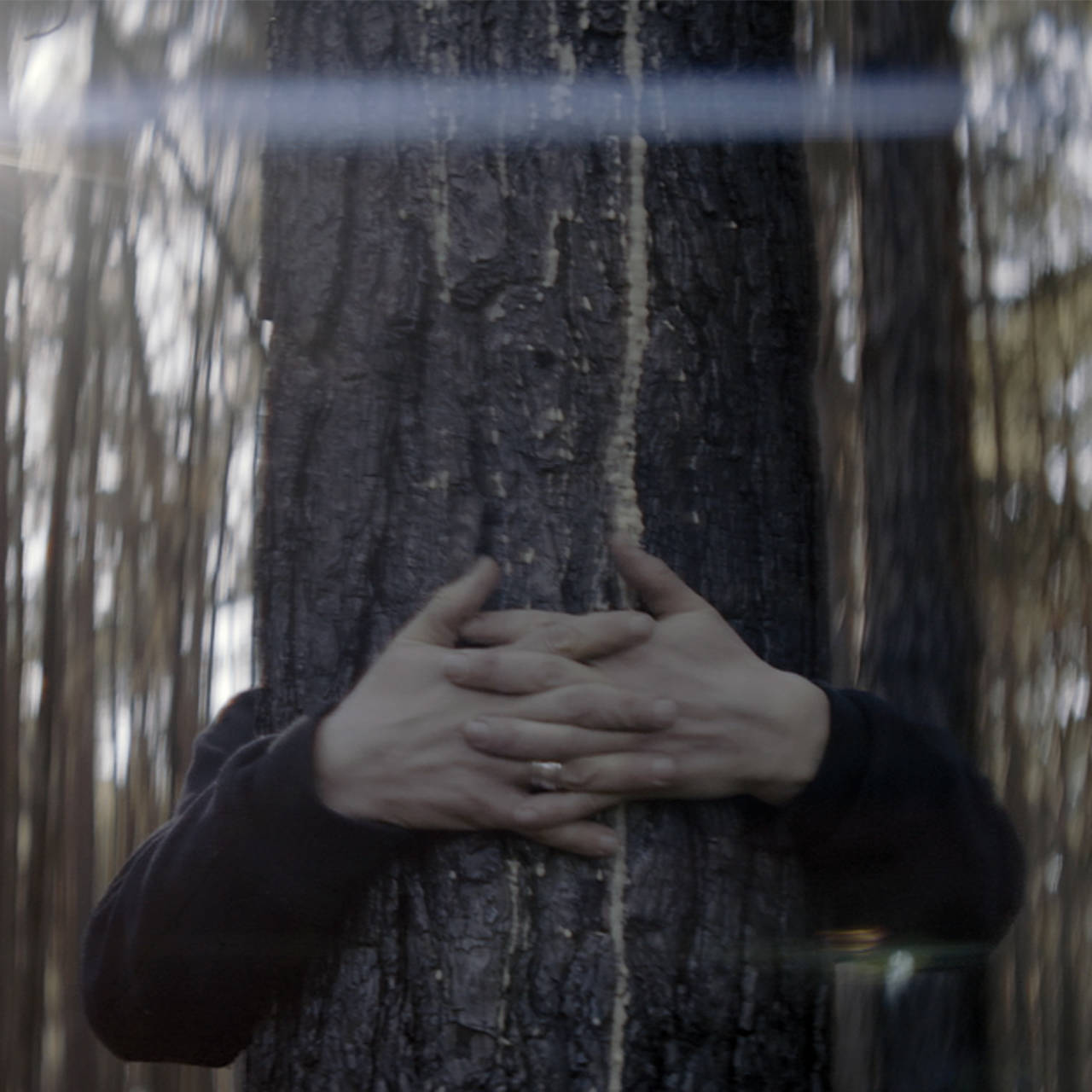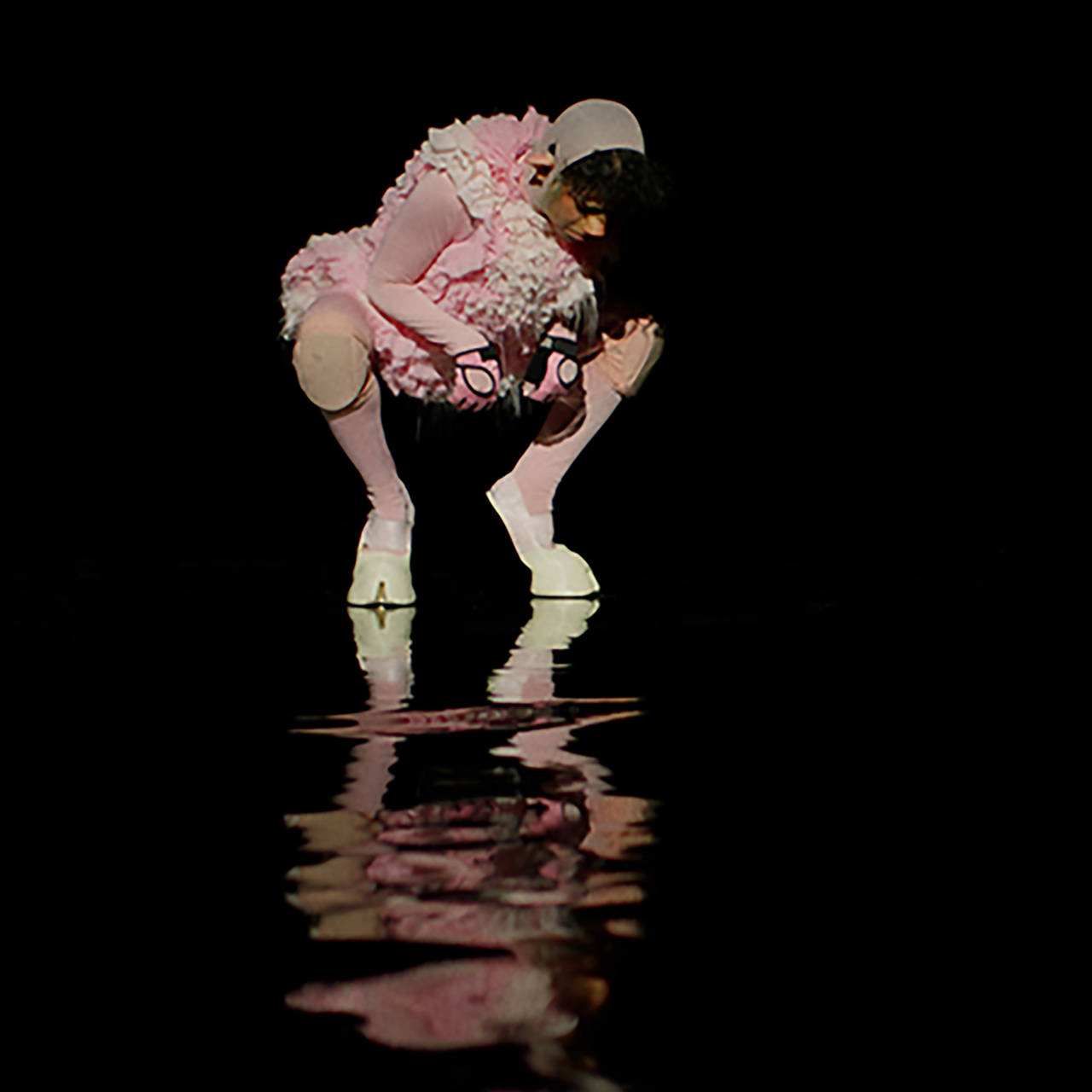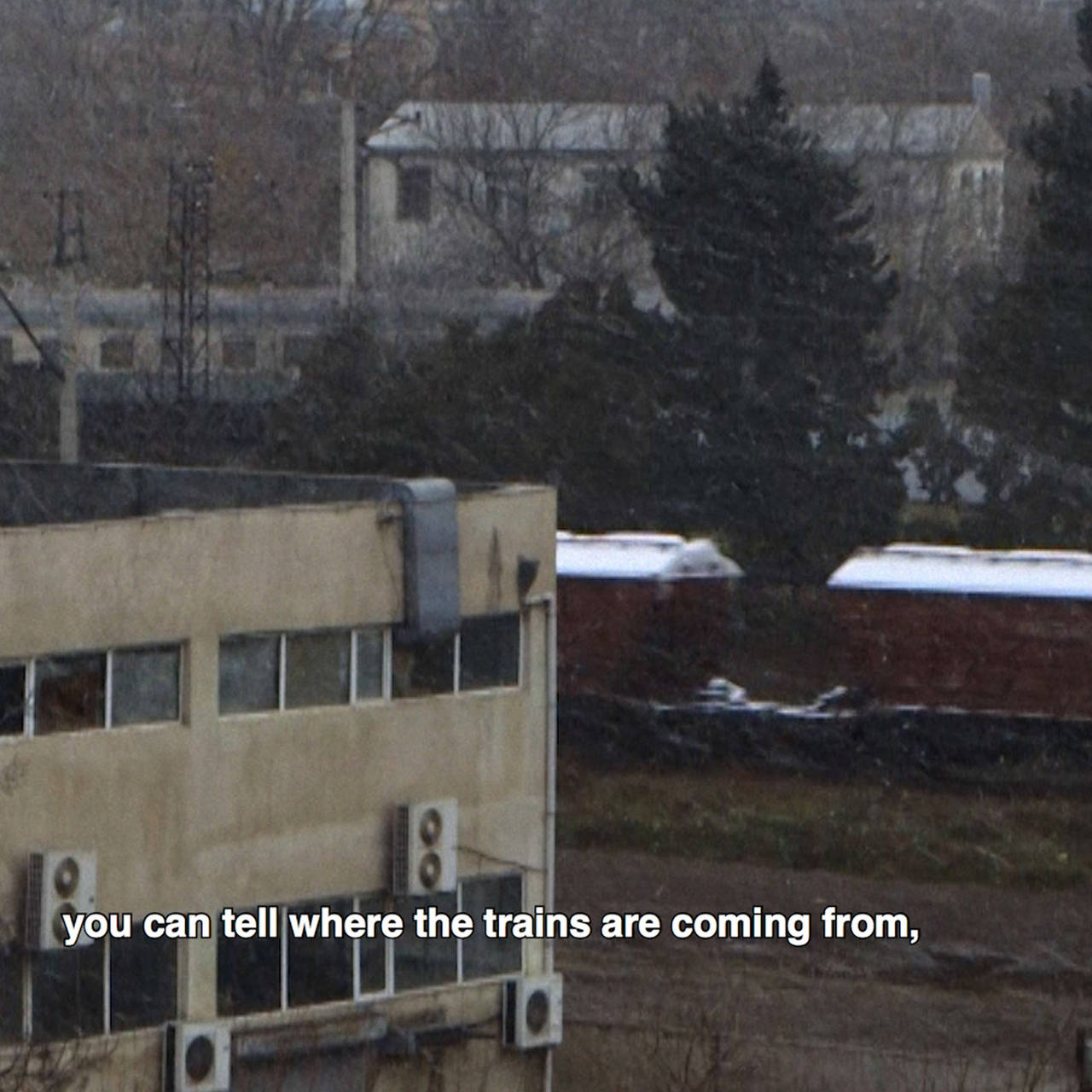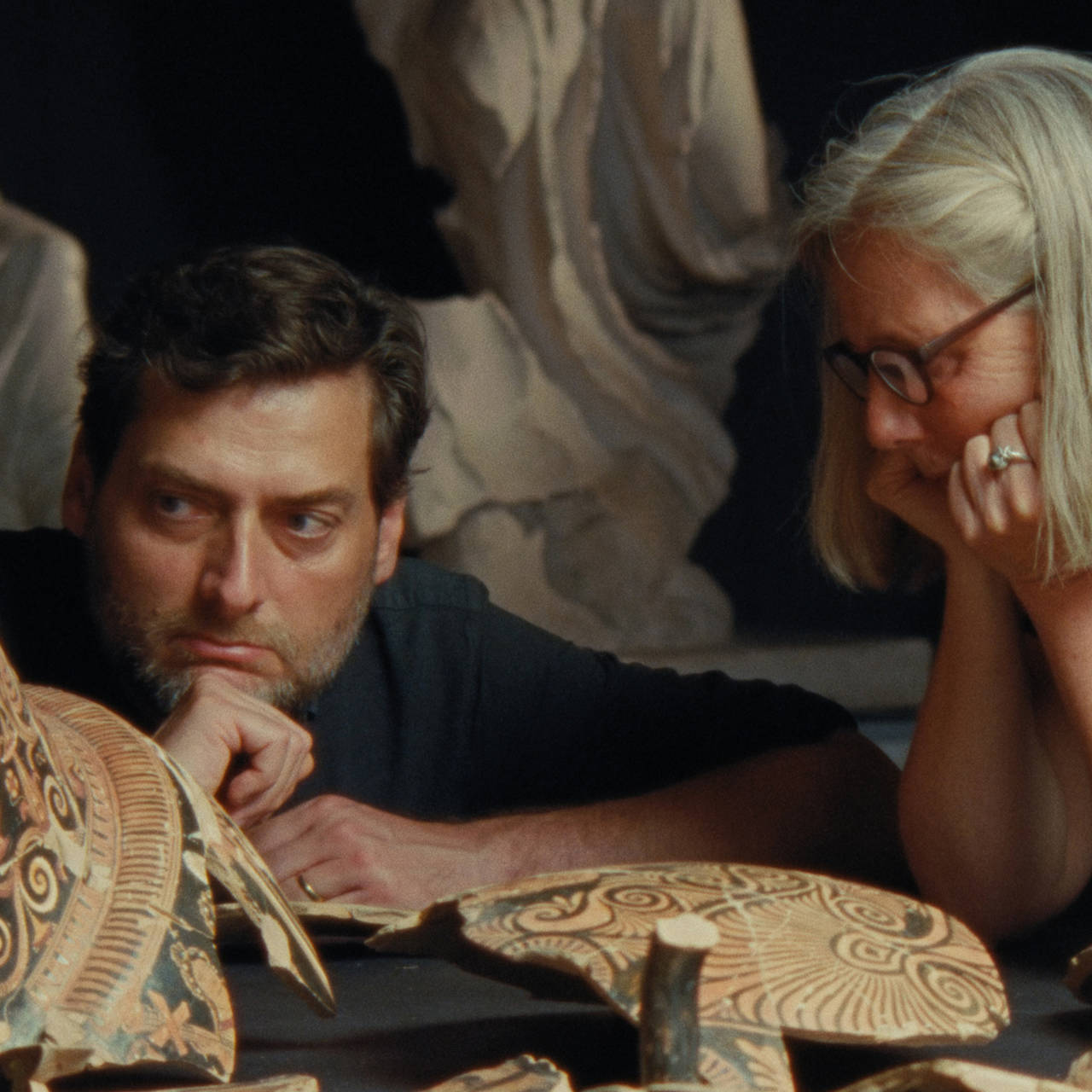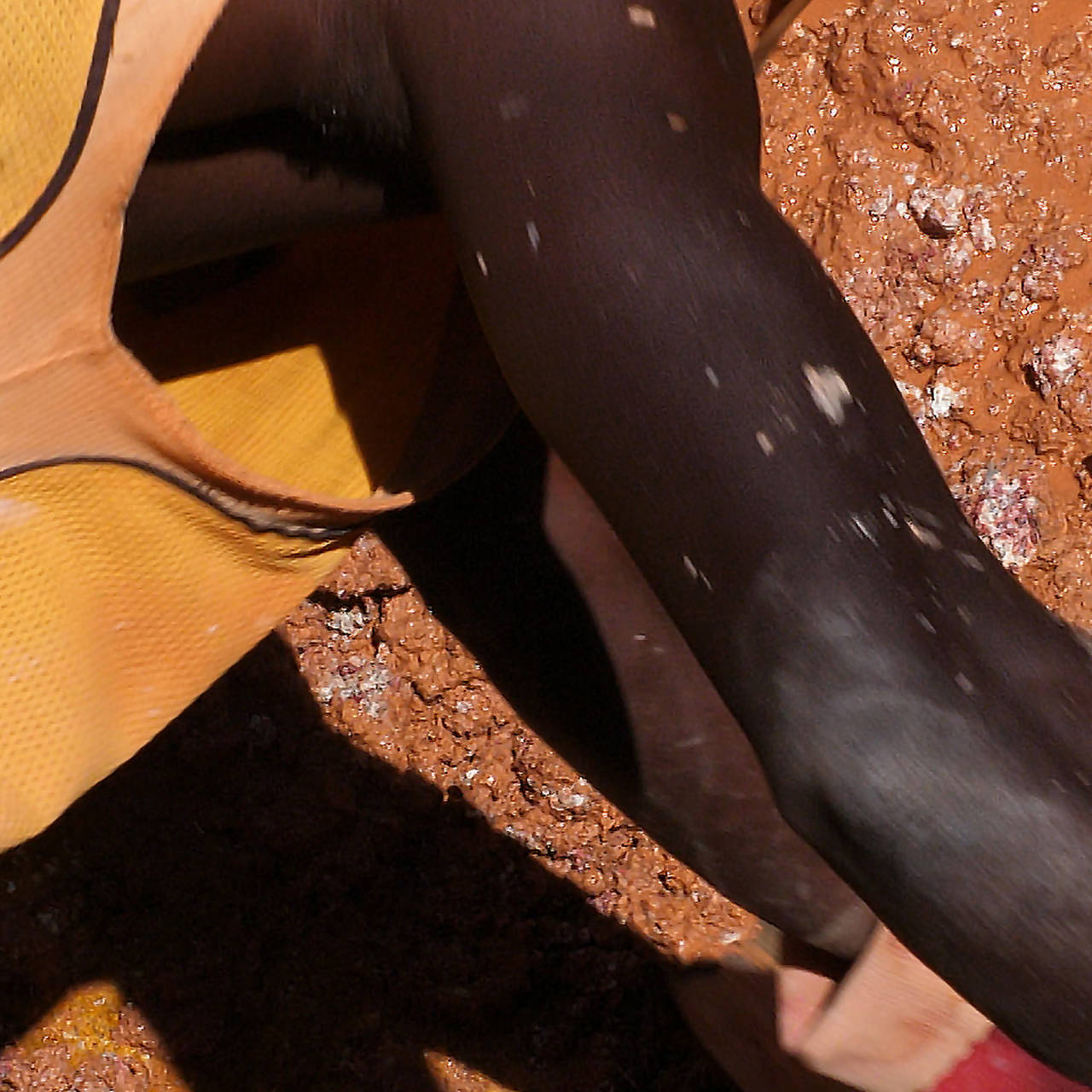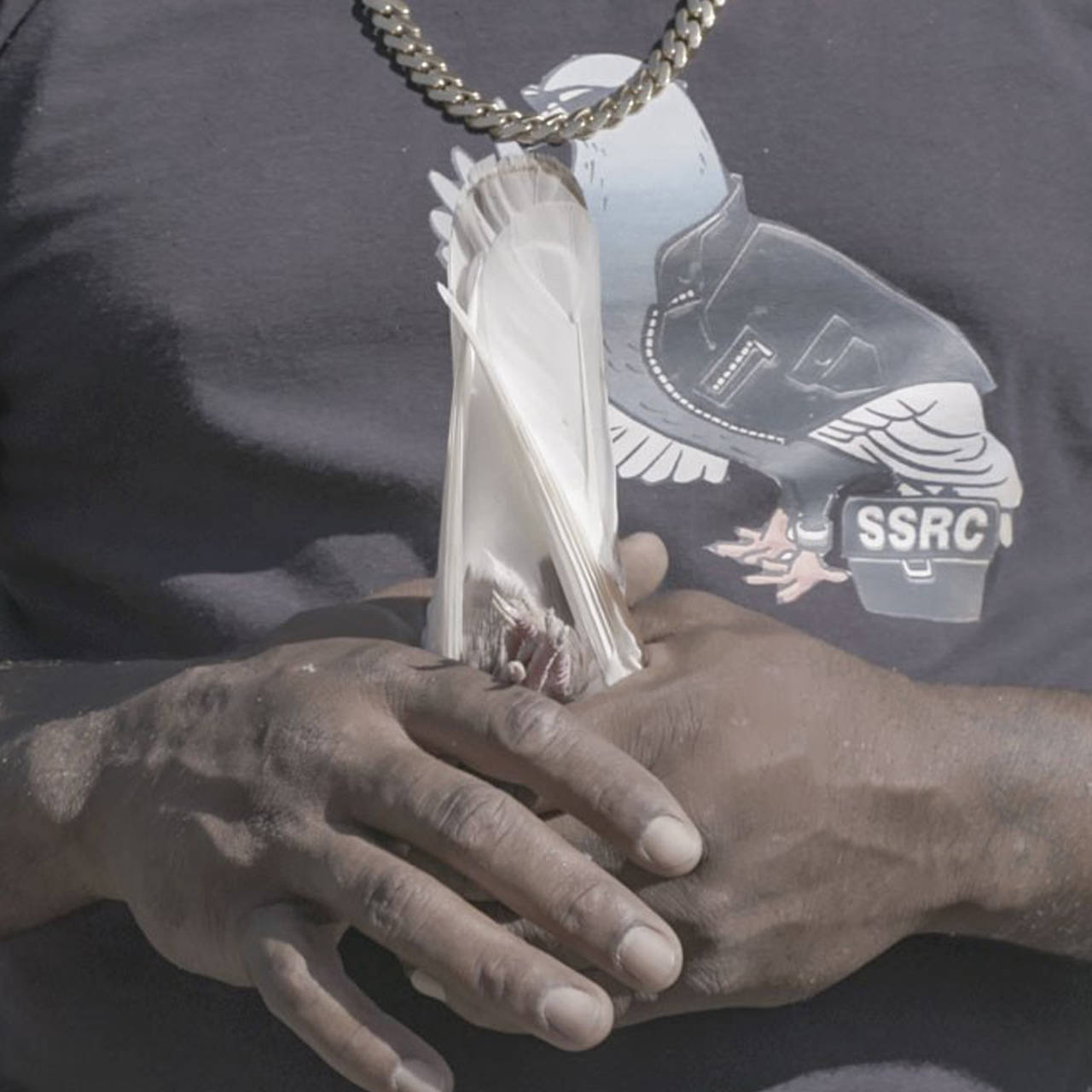Video artist Mikhail Karikis explores how sound and the human voice strengthen the sense of community.
It was a full 25 years after the first edition of sci-fi novel “The Iron Man” came out that in 1983 British author Autor Ted Hughes published “The Iron Woman”, as the sequel to his successful children’s book. While in the first section a gigantic robot protected humans against a dragon from outer space and in this way ensured peace among human notoriously hellbent on fighting one another, “The Iron Woman” focuses on the industrial pollution of the environment, caused first and foremost by members of the male gender.
Driven by the suffering of the maltreated fauna, the Iron Woman who rises out of the depths of a swamp embarks on a campaign of vengeance against the world of men that is poisoning everything. One of her weapons in the battle against the eco-sinners: an absolutely deafening scream that expresses all the pain of afflicted Creation.
The video work “No Ordinary Protest” (2018) by Greco-British artist Mikhail Karikis (born 1975) takes Ted Hughes’ “The Iron Woman” as its starting point. In workshops with children from a London primary school class he has them discuss the book’s content. “No Ordinary Protest” shows the seven-year-old pupils during their conversations and how they wrestle with the problem of environmental pollution and its impact on the animal kingdom. “Humans are animals as well,” says one girl, thus triggering a lively discussion. As the central point of his work, Mikhail Karikis formulated the following question in an interview with the Whitechapel Gallery: “What kind of transformative power does communal sound-making have?”
What kind of transformative power does communal sound-making have?
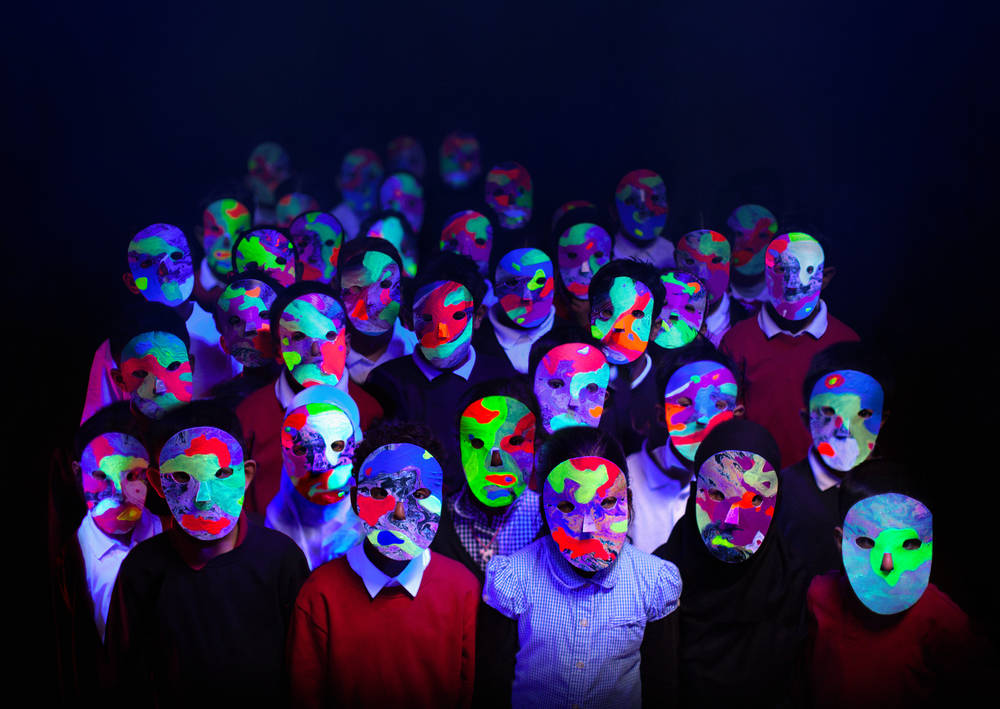
Karikis therefore asked the children to reproduce the Iron Woman’s scream in a variety of ways: with instruments or toys, by clapping their hands, or with their own voices. Karikis then wove the soundbites into a composition which in “No Ordinary Protest” quite literally moves mountains: filmed micro-landscapes move to the vibration of the sounds and seem to provide a most impressive answer to the question the artist posed.
The region in the film is commonly known as the Devil’s Valley
Soundscapes, children and young people as well as the reality of their lives also run like a red thread through two other pieces that will go on show during the Double Feature: In his multimedia work entitled “Children of Unquiet” (2014) Karikis teamed up with children from the Tuscan region that is commonly referred to as the Devil’s Valley. For a good century one of the world’s largest geothermal power stations has stood there for the staff of which the renowned architect Giovanni Michelucci designed a special housing estate on behalf of the power utility. Technological progress has brought extensive automation with it and this has made human workers ever more obsolete, so that entire quarters of the town now stand empty.
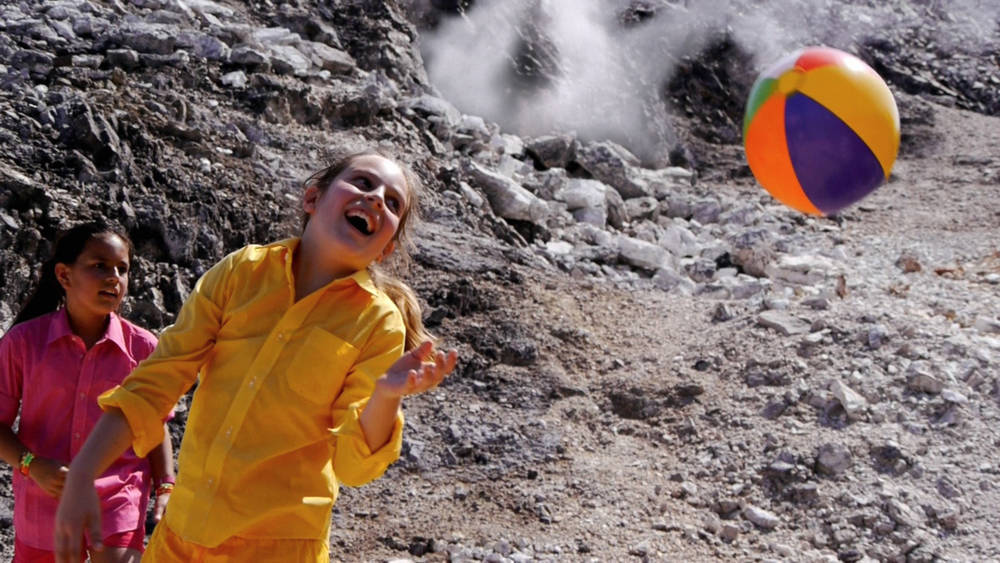
In the workshops for “Children of Unquiet” children produced futurist drawings and maps; in photographs and Super-8 films they concern themselves with the future of the abandoned housing estates. The film of the same name records how the new generation seizes control of the empty streets while attempting to emulate the sound of the place itself using their own voices in choral sound clusters. In his film “Ain’t got no fear” (2016) Mikhail Karikis addresses the everyday lives of the young inhabitants of the Isle of Grain in England.
What are young people doing in the postmodern Internet age?
First, he stages children firmly in line with genre-typical music clips performing a rap song they wrote themselves and then films them wandering around the location’s post-industrial landscape. Adolescence in the post-modern Internet age, in a time ofof inflammatory popularization, and increasing politicization – Mikhail Karikis touches on all these themes in his works, together with our world’s future protagonists. In the process they possibly find their own voice(s) both in the real sense and metaphorically speaking.
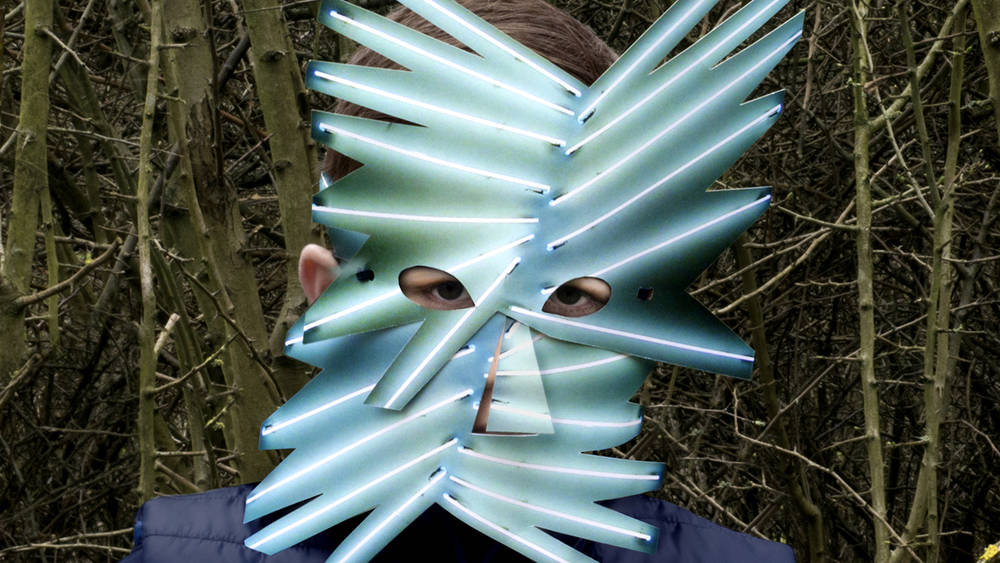
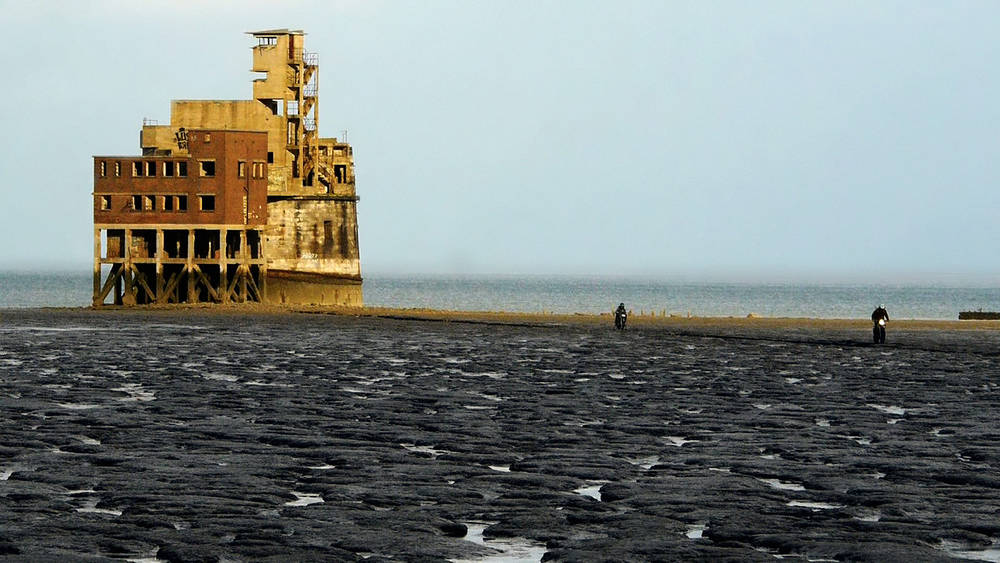
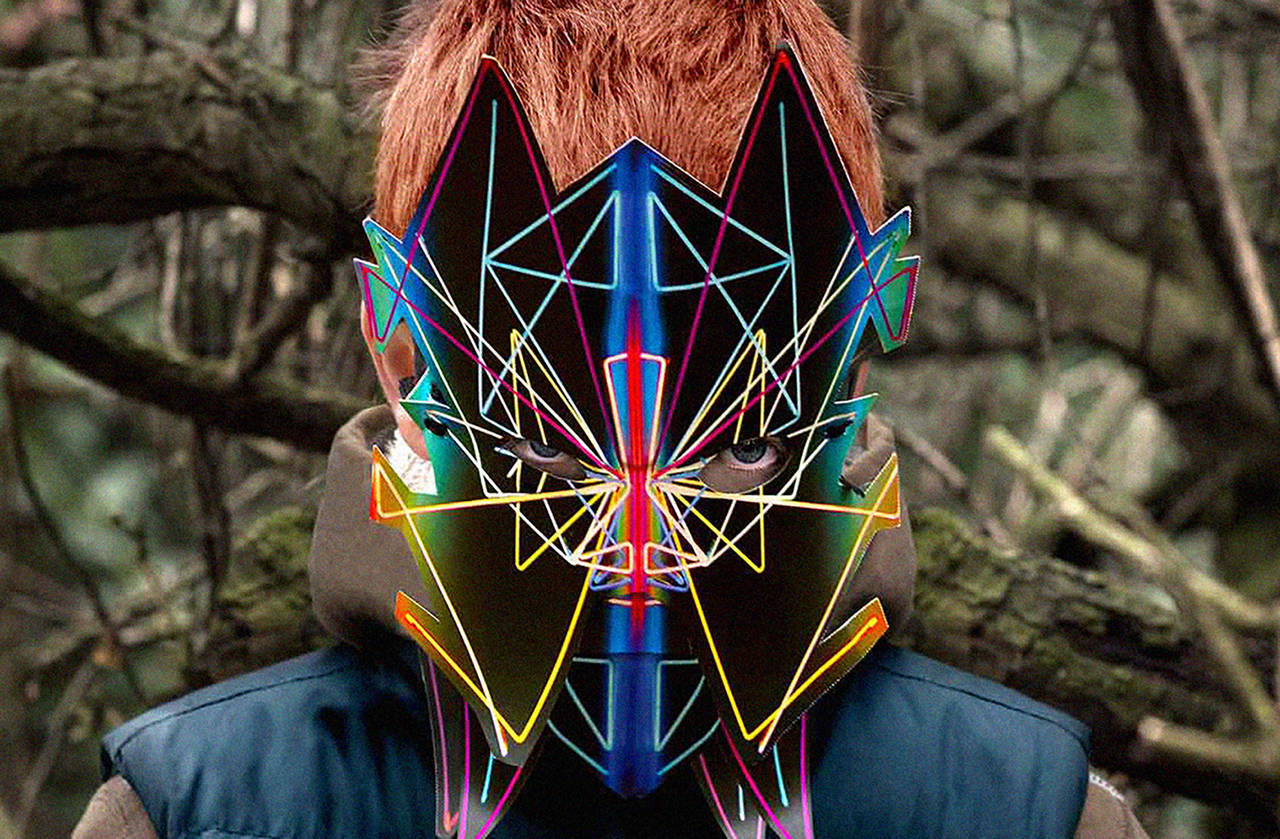
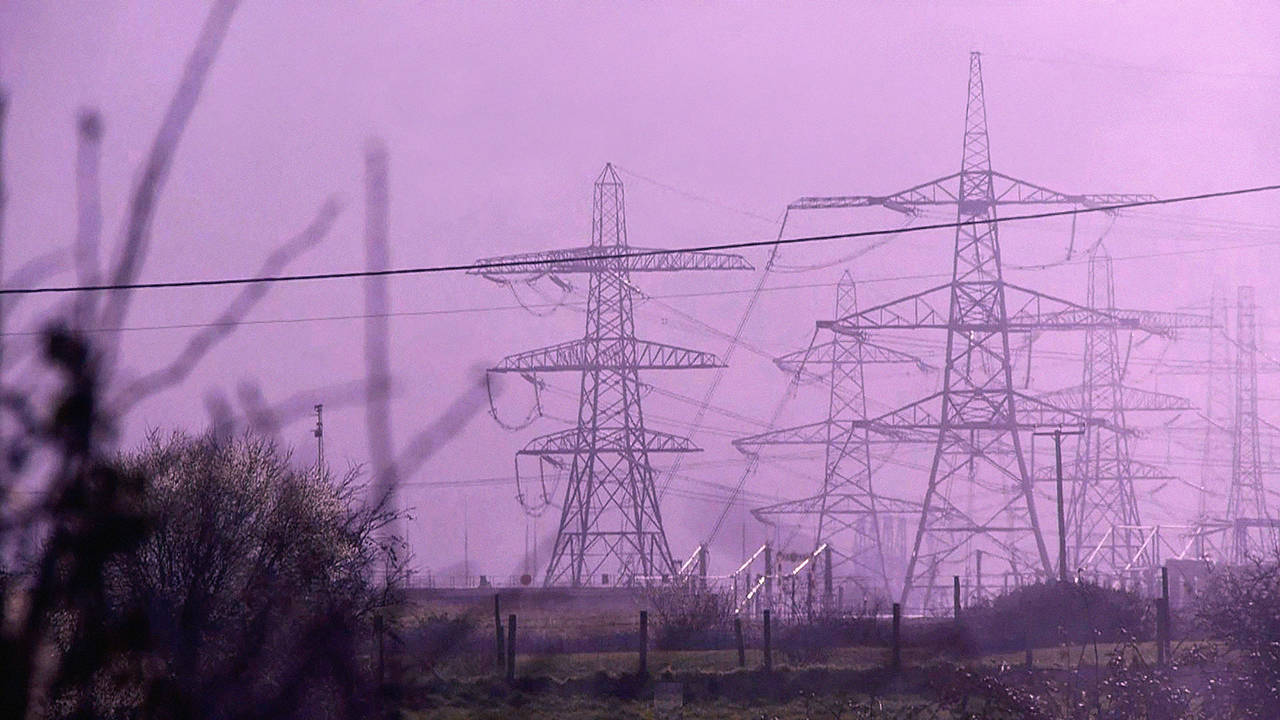
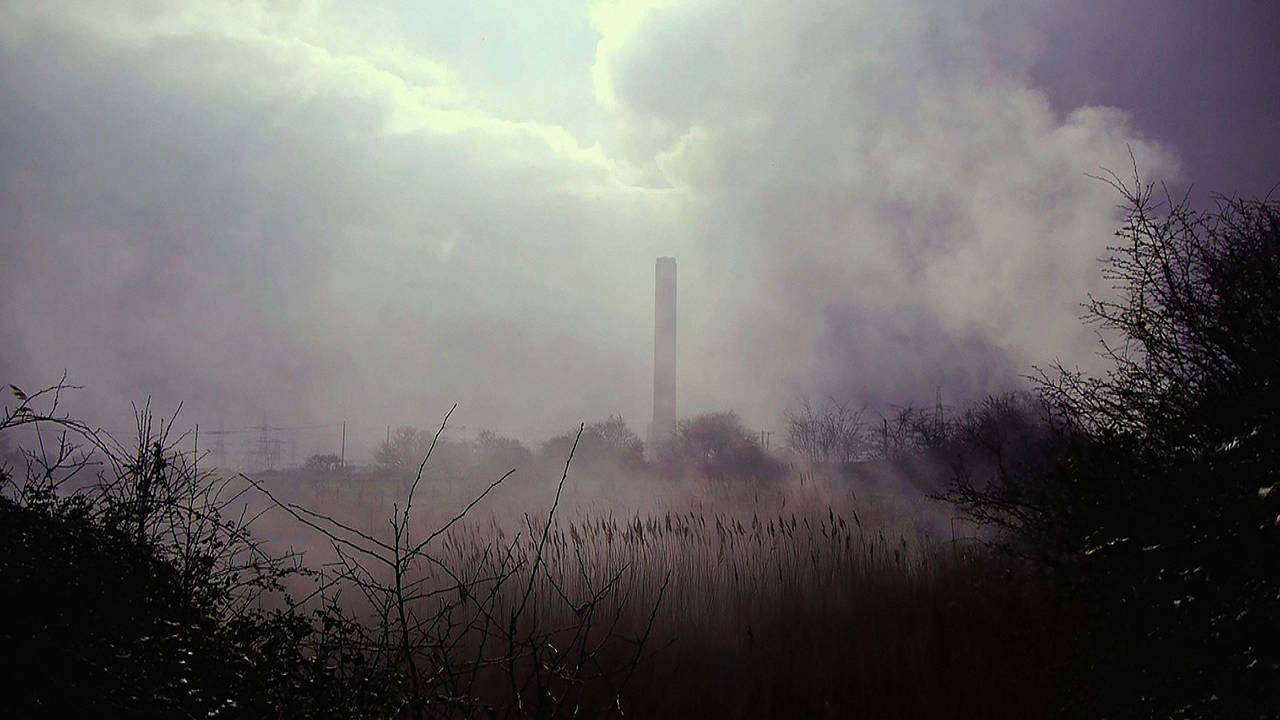
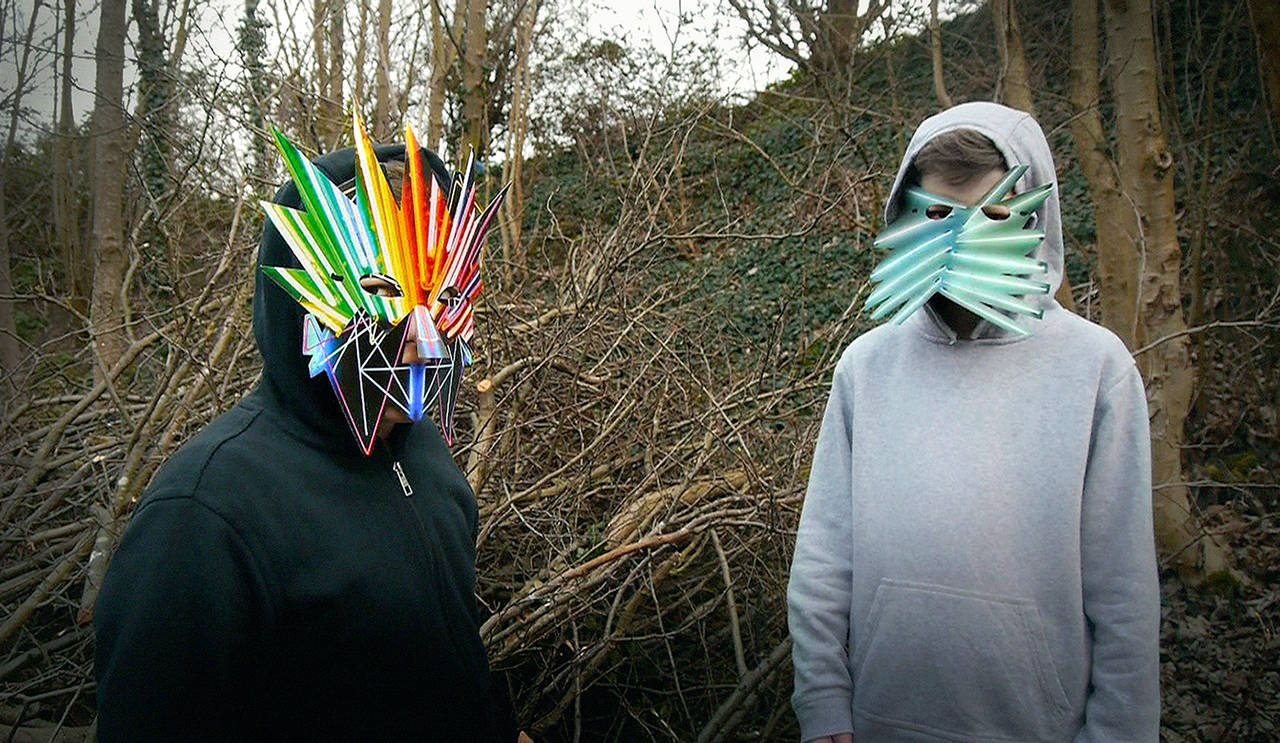
For the second part of the Double Feature, Mikhail Karikis has chosen Agostino Ferrente’s documentary-like film “Selfie” (2019), which had its world premiere at this year’s Berlinale (Berlin International Film Festival). Here the viewer experiences the everyday life of two 16-year-olds – Pietro and Alessandro – through their own eyes. Both live in Traiano, a district of Naples and better known in the media as the stronghold of the Camorra.
With smartphones the friends are asked to stage their own reality
Agostino Ferrente’s’ attention was drawn to the two youths when he was researching the killing of 16-year-old Davide Bifolco by a policeman: Pietro and Alessandro were friends of the victim. “Tell me about your friendship” Ferrente asks the two at the beginning. In what follows the director excels above all by remaining absent – he gives the two friends a Smartphone each and asks them to stage their own film, to show the surroundings in which they live. Pietro and Allessandro report on their everyday lives, film each other, even when meeting relatives of their friend who was shot dead or with acquaintances who are hanging out, or when cooking or using the bathroom.
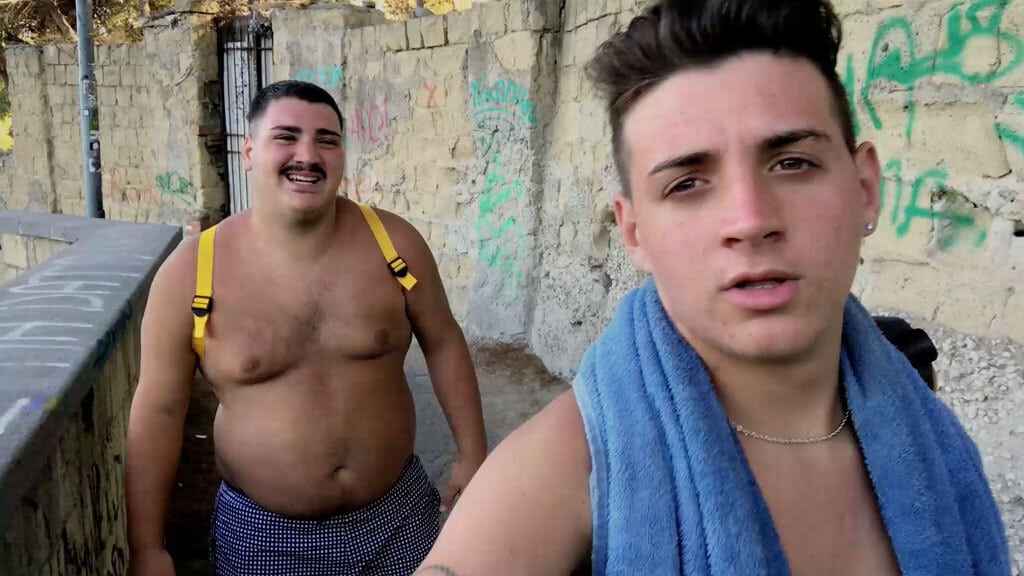
Agostino Ferrente, Selfie (Still), 2019, Courtesy of the artist, Image via media.internazionale.it

In the course of the film all sorts of issues about the narration of one’s own life repeatedly take the front seat: Alessandro wants to offer a positive view of the infamous district, Pietro does not want to gloss over the negative sides though and films himself with acquaintances who in the middle of the day shoot off a few rounds from their guns in the street. “Selfie”, which up to the end never reveals the actual role of director Agostino Ferrente and gives itself over completely to the two protagonists, is a remarkable filmic document about an age in which economic origins still absolutely determine your own future, or so it seems.
It is an age that has possibly found its tragic visual counterpart in the unthinking selfie, as italways simply reflects what you know anyway and records it for eternal posterity. However, this is not the case in Ferrente’s “Selfie”, which offers the viewer a rare glimpse of the everyday lives of two youths largely forgotten by the rest of the world, in the heart of Europe, and at the same time triggers among the friends a reflection on their own lives.
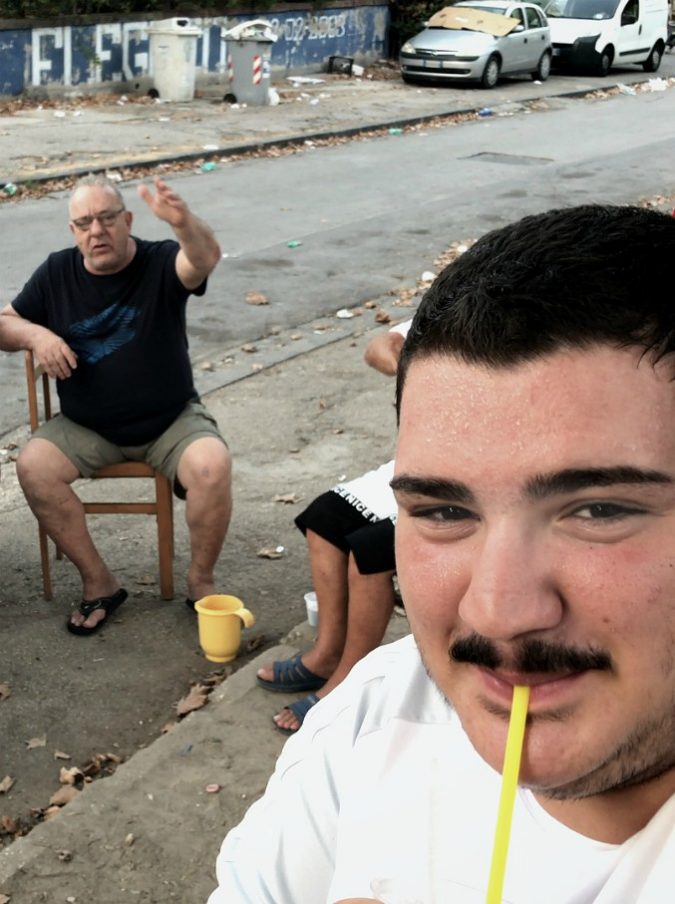
[Translate to English:]
Agostino Ferrente, Selfie (Still), 2019, Courtesy of the artist, Image via st.ilfattoquotidiano.it
